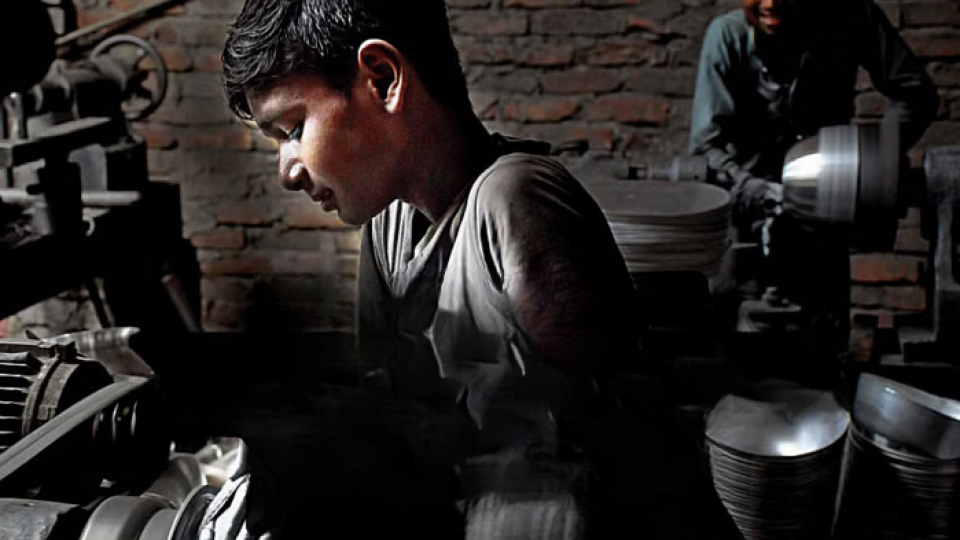March 21, 2024
DHAKA – A recent survey titled the Establishment-based Sector-Wise Working Children Survey 2023, conducted by the Bangladesh Bureau of Statistics (BBS), brings to light quite a grim issue: 38,006 children, aged between 5 and 17 years, are working in five hazardous sectors across the country, and 86.2 percent of these children are not engaged in any academic activities. This situation not only constitutes a gross violation of children’s rights, but also poses significant risks to their health and impedes their physical and mental growth. Moreover, without access to education, these children will remain limited to menial work without opportunities for skills development.
It is crucial to recognise that child labour is a consequence of poverty, inadequate social safety nets, and a failure to enforce children’s and labour rights. Lack of access to and interest in a results-driven education system is also closely linked to the prevalence of child labour. For example, a 2019 study revealed that many children engaged in labour work for more than 42 hours per week, making it nearly impossible to accommodate education. Moreover, in most cases, the income generated from their labour is necessary for the minimum level of sustenance for their families. On the other hand, the absence of monitoring, mechanisms to ensure fair wages, and the prevalence of informal jobs without written contracts contribute to the exploitation of child labourers. Employers find hiring children more lucrative due to their extreme vulnerability, especially when compared to hiring adults.
These working children’s reluctance to return to school is also not unfounded. While Bangladesh has made significant strides in ensuring access to primary education across both rural and urban areas, there remains a critical gap in the quality of education. Schools in rural and slum areas—where most child labourers are found—are generally substandard compared to their urban and affluent counterparts. These educational institutions fail to meet the specific needs of these children, and our overall education system lacks adaptation for practical skill development.
Our policymakers need to take a holistic approach to solve this problem. We need education and social safety net policies that target marginalised groups, providing monetary incentives to attend school and incorporating relevant skill development into the curriculum. At the same time, the government must actively monitor and regulate labour rights, especially for children, and ensure safe work opportunities for those in need.


